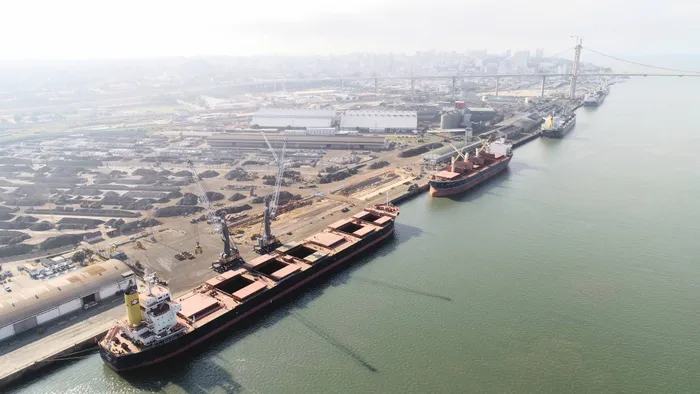
All indications were that exports are set to slow given the current economic climate, recent indicators, as well as surveys showing that manufacturing operating conditions are deteriorating.
Image: Supplied
All indications were that exports are set to slow given the current economic climate, recent indicators, as well as surveys showing that manufacturing operating conditions are deteriorating.
This is according to Investec economist, Lara Hodes, who said that the trade account surplus was likely to decrease further.
On Thursday, the South African Reserve Bank (SARB) said that South Africa imported more than it exported during the first quarter of the year, although the country benefitted from the rand price of exported goods and services increasing more than that of imports when it comes to terms of trade.
Hodes noted that a pending decline in exports ahead was based on data such as the Absa Manufacturing Purchasing Managers’ Index (PMI) for April, which noted that the data tracking export sales returned to contractionary levels.
In addition, according to the results of the JP Morgan Global Manufacturing PMI survey, global “manufacturing operating conditions deteriorated” in April, with “new export orders suffering its steepest decrease since August 2023,” Hodes said. She also noted that survey data from JP Morgan provided evidence of further potential weakness.
Hodes said that globally, heightened levels of uncertainty around tariffs persist. S&P Global, she said, has indicated that the damage to confidence stemming from the radical shift in US trade policy, along with its unpredictability, is likely to linger, which will weigh on trade and growth prospects.

Trade balance trend
Image: SARS/Investec
The central bank said in its release that South Africa’s trade surplus narrowed slightly by R5.2 billion as the value of merchandise imports increased more than that of goods exports. “The increase in the value of imports and exports of goods and services in the first quarter of 2025 reflected both higher volumes and prices,” the central bank explained.
It added that the current account deficit as a ratio of gross domestic product (GDP) remained broadly the same at 0.5% from the fourth quarter of 2024 to the first quarter of 2025.
However, the agency noted that “South Africa’s terms of trade, including gold, improved in the first quarter of 2025 as the rand price of exported goods and services increased more than that of imports”.
IOL
Related Topics:
